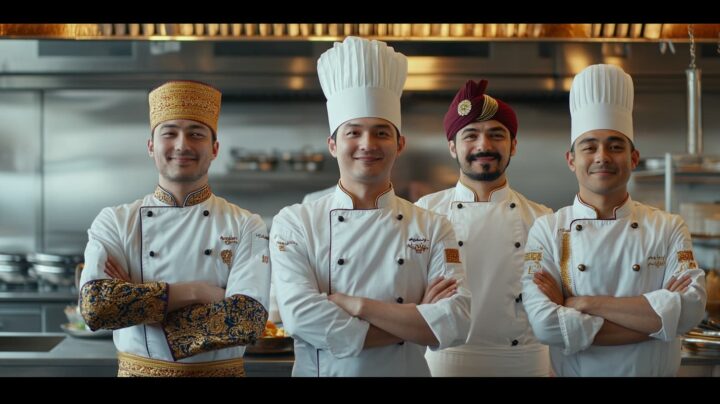A majority of restaurants have been operating using the traditional methods of operation but are slowly adapting to technology as time evolves. A good example would be McDonald’s that implemented voice ordering on the drive-throughs. This seemed very cliche but not anymore since it is now the norm, especially driven by the global pandemic.
Listed below are the tech trends you should look out for:
Ghost Kitchens
Thanks to software development, a diner could order food from their restaurant of choice and even explore new restaurants in the comfort of their home. The existence of ghost kitchens is to satisfy one’s online ordering experience. Ordering websites and apps provide a platform for different restaurants to market their operations and have healthy competition.
Good examples are uber eats and glovo. In addition, it’s no wonder that one restaurant could have a different ghost kitchen to keep the competition on its toes.
Online Table Reservation System
It’s always a disappointment when you walk into an eatery with your family, all very hungry and can hardly wait to munch on some heavy meal but find the place fully packed. You then start thinking of any other place, already frustrated and your kids throwing tantrums.
This can be avoided by booking a table online depending on the number of people to be served. Almost every restaurant now has a digital way of enabling the customers to book their favorite spot in the place. Furthermore, this has evolved from making a phone call to the hotel customer service to filling in details on the eatery website. How cool is that?
Digital Inventory Tracking
It would be an overwhelming task for a restaurant manager to move around counting the number of tomatoes used and the kgs of meat used in a day. To ease this, technology has dramatically come through in that managers use the POS (point of sale system) to track stock usage.
This system indicates the amount of food ordered by diners, so if three people in that day ordered full chicken, the manager would be aware of the number of kgs served and how many are left in stock.
Self Order Kiosks
This is a programmed system slowly coming to reality in restaurants where customers don’t depend entirely on waiters. I am sure you have come across freestanding screens like computers in some restaurants.
This system is advantageous to the restaurant and customers. It benefits the restaurant in that they are no longer facing the issue of understaffed waiters. The customers can order and customize their meal, and hardly are they served what they didn’t order.
Automated Purchasing Tools
It’s very unprofessional for work to be in progress in a restaurant, but the customers cannot order some foods simply because they are out of stock. This would make the ratings and financial progress of the restaurant deteriorate.
It would be hilarious to send the workers to the market to purchase ingredients to prepare a waiting customer’s meal. To curb such shame, apps have been developed.
On these apps, the managers get to order and replenish their ingredients from different vendors that have bid and do so at their affordable prices.
This system best works hand in hand with digital inventory tracking. Because you first begin by tracking ingredients that have run out, then follow by replenishing them.
Marketing Automation and Loyalty Programmes
This is where electro media and social media influencers come in. For all businesses to thrive, advertisements have to come somehow, so this is no different for the hospitality department.
It’s almost definitely that almost all restaurants you know of were either mentioned to you by someone or you saw an advertisement on a magazine, billboard, radio, and television. Restaurants, therefore, have to come up with creative and catchy ways of marketing their services.
Loyalty programs come in where restaurants have websites that list the services offered, the foods on the menu, and prices and genuinely offer what they claim.
After a customer’s physical visit to the restaurant, they write down their experience, whether positive or negative. This way, restaurants appreciate their output and improve on crucial areas.
Summing Up
The traditional operating method of restaurants has rapidly been erased by modernization. It’s about time for all restaurants to adapt to this, including the local eateries.
It’s not a debate choosing between the order in and a walk-in because the order in shines. Complete change is expected in the future, especially with this technologized generation.
It’s time to up the game.




